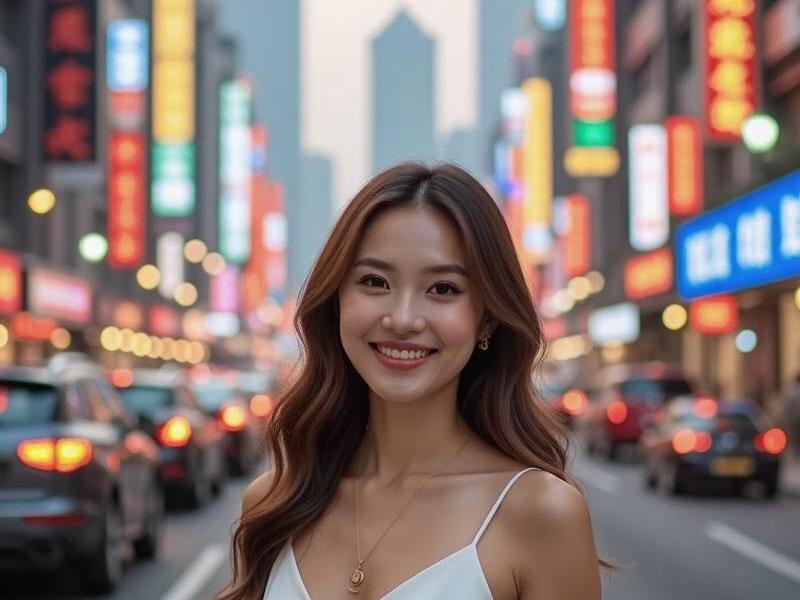This in-depth feature explores how Shanghai women are reshaping traditional beauty concepts while navigating between global trends and cultural preservation.

Section 1: The Historical Context
Shanghai's beauty legacy:
- 1920s: The birth of "Modern Girls" (摩登女郎)
- 1950s-70s: Austere revolutionary aesthetics
- 1980s: Re-emergence of fashion consciousness
- 2000s: Cosmopolitan influences
Section 2: The Modern Landscape
2025 survey findings:
• 63% of Shanghai women reject single beauty standard
• 78% prioritize "smart beauty" (intelligence + appearance)
• Average monthly spending on self-improvement: ¥2,850
上海花千坊爱上海
Section 3: Industry Transformations
Beauty market innovations:
- AI skin analysis adoption rate: 92%
- Sustainable beauty product sales up 217% since 2022
- "Hanfu chic" movement influencing major brands
Section 4: The Professional Advantage
Workplace observations:
- 41% of C-suite positions held by women
- "Power dressing" evolving to blend Eastern/Western elements
上海私人外卖工作室联系方式 - Confidence ranked as most attractive trait in corporate surveys
Cultural Paradoxes
Notable contradictions:
- Cosmetic surgery rates declining while skincare booming
- Traditional qipao coexisting with streetwear
- Social media pressure vs. academic achievement emphasis
Global Influences
Shanghai's unique blend:
- K-beauty techniques adapted with Chinese herbs
上海娱乐联盟 - Parisian elegance meets Shanghai practicality
- Japanese minimalism reinterpreted through colorful accents
The Future of Beauty
Emerging trends:
1. "Tech-enhanced naturalism" movement
2. Rise of male grooming markets
3. Virtual influencer collaborations
Shanghai's evolving beauty standards reflect its position as a global city firmly rooted in Chinese culture, offering an alternative to Western-dominated narratives.